Source: Pinterest
A strainer is a pipeline connection through which fluid is passed for cleaning, screening, or removal from solid materials; anything often used strain a fluid; or any device that acts as a sieve or screen to prevent particulate bodies from mixing in a fluid flow or pipe.
Strainers catch pipeline waste including scale, corrosion, jointing solution, and weld metal, shielding equipment and systems from their damaging effects and saving downtime and servicing. To safeguard expensive and crucial downstream machinery such as motors, pressure gauges, steam traps, control devices, and so on, it is critical to use correctly selected strainers at the correct places (typically upstream).
Strainers are categorized into two kinds based on their body structure;
Y-Type
T-shaped or basket-shaped.
We will explain the distinctions between T-type strainers and Y-type strainers in this post, as well as provide advice on which strainer type to use for your pipeline project.
What Exactly Is A Y-Type Strainer?
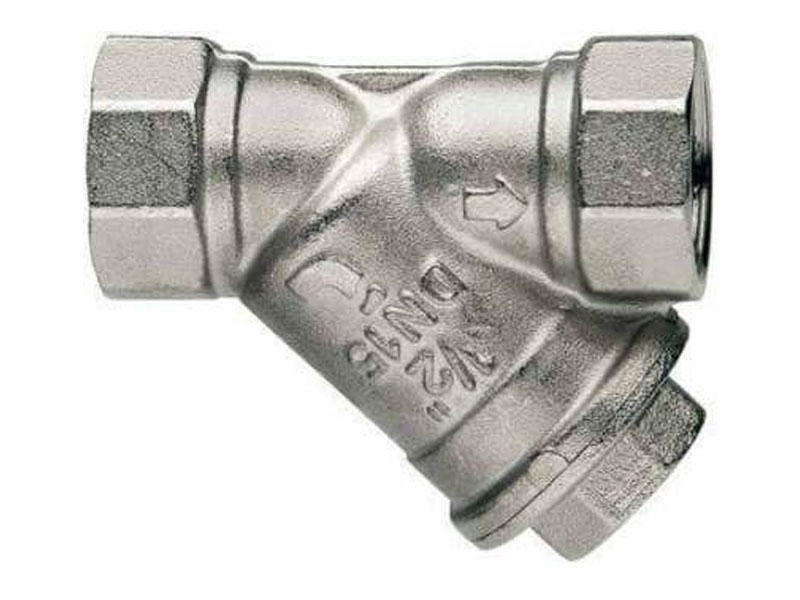
Source: Pinterest
Y-type filters are mostly used in liquid systems to protect downstream machinery from particulate such as dirt, which could otherwise impair functionality if untreated. Most Y-type commercial strainers are also suitable for use in steam operations, as well as those involving argon gas or air.
While Y-type filters can be custom-made to meet specific application needs, the large majority of Y-strainers are not custom-made as standard. Y-type strainers come in diameters ranging from 1/4′′ up to 10′′ and are made of a range of materials, which include the cast steel and iron, bronze, and AISI alloy steels. They also include a screwed or bolted lid for screen access and to guarantee that process liquid is adequately drained when reopened.
In instances where considerable volumes of debris are expected, a blowdown valve may normally be installed in the strainer cap, allowing the strainer to be cleaned using the pressure of the heat without closing down the factory.
Y-Type Strainer Orientation
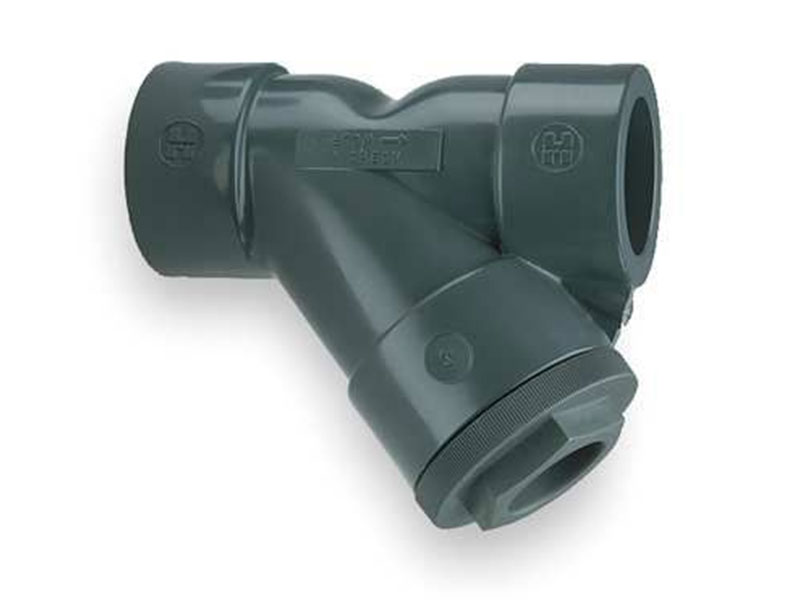
Source: Pinterest
A Y-type strainer can be installed either vertically or horizontally with the screen part facing the bottom side. This permits the strainer screen to gather particles in the filter at the screen’s lowest position.
A Y-type strainer must be put in horizontal steam or gas pipe so that the nook is in the horizontal position. This prevents water from gathering in the pocket, which can lead to erosion and interfere with heat transmission mechanisms.
The pocket in a fluid flow should point straight down. This prevents the cleaned material from being pulled back into the upstream piping during the cleaning process. Although it is preferable to place strainers in diagonal lines, that’s not always practicable. Strainers may also be installed in vertical pipes if the flow is downward, wherein case the debris is easily driven into the compartment.
Mounting with the upward flow is not practicable since the strainer will have to be positioned with the compartment opening facing down, causing particles to fall back down the pipeline.
Benefits Of A Y-Type Strainer
Because of the intrinsic built-in blow-down nozzles, the flushing capabilities are superior.
Better return on investment.
Due to their position asset items, they have faster shipping timeframes.
Provides more overall versatility.
A broader range of building materials is available.
A wider array of pressure classes is available.
T-type filters have larger open ratio regions.
What Exactly Is A T-Type Strainer?
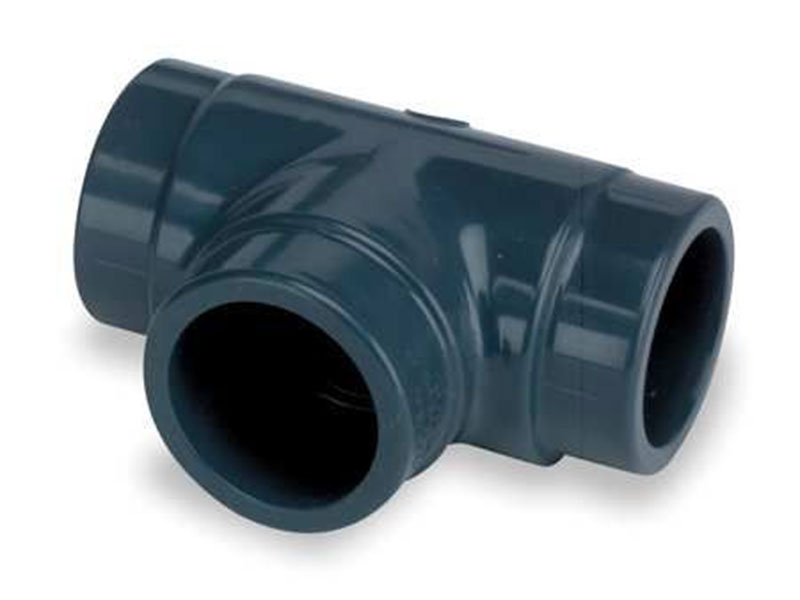
Source: Pinterest
T-type filters are often specially designed commercial strainers made from pipe materials. This enables them to provide distinctive features such as quick-opening style lids or the installation of a ventilation outlet and dynamic pressure taps.
T-type filters can also have their intake and outflow offset by 90 degrees, resulting in an elbow-shaped filter. This can help apps that have a limited amount of space. T-strainers can be used in many forms of steam, fluid, oil, and air applications. They are available in diameters ranging from DN15 to DN100. However, because they are manufactured commercial strainers, they may have longer lead times.
Benefits Of A T-Type Strainer
Is fitted with covers that are capable of opening quickly
vent holes and dynamic pressure taps are available.
Flow capacity is increased despite reduced open ratio regions due to a straighter flow route.
When mounted horizontally, chamber lids may be opened without allowing process fluid to run out––this is advantageous.
In more risky procedures, this is advantageous.
Better suited for transporting fluids at fast speeds.
Ideal for bigger piping applications that require immediate access to the tension.
T-type Strainer Construction
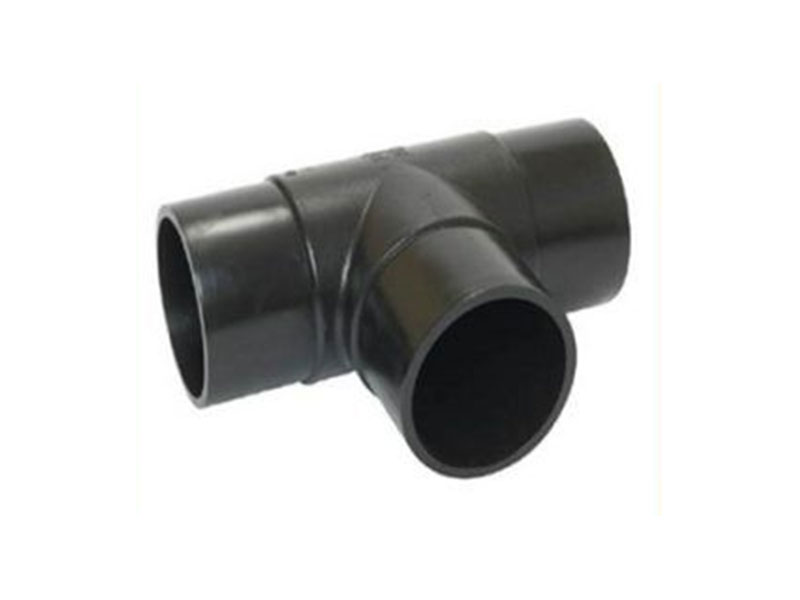
Source: Pinterest
T-strainers are custom-made from pipes and plates, as opposed to ordinary identical tees and flanges. Filter elements are constructed of perforated steel sheet metal or welded wire supported by porous sheet metal. T-type strainers are a low-cost option for filtering larger nominal bores. This strainer is easy to install and requires very little maintenance. For application suitability, T strainers are available with either a fitted cover or a quick-opening lid.
T-type strainers can be installed in either vertical or horizontal pipelines, with the discharge flowing down into the basket in the upright direction. The branch link in the diagonal location is situated on the side for basic way or, conversely, on the top for upper access.
T-type Strainer Applications
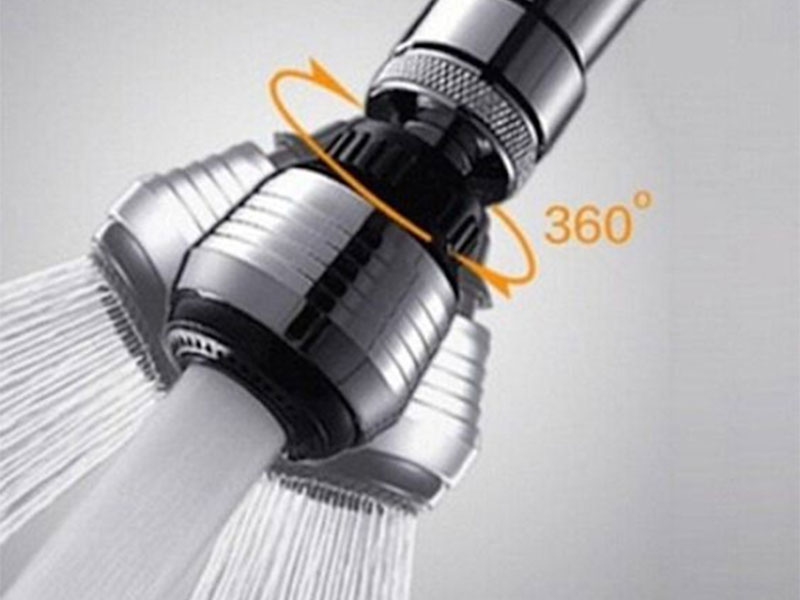
Source: Pinterest
Because the element is reachable from the bottom of the casing or body, it is often impractical to employ Y-Type Strainers in a few situations. T-Type Strainers provide access to the element from the top of the enclosure or body. This strainer is designed to be positioned parallel to the pipeline axis, but it may also be used in misaligned and right-angled pipe constructions.
Fabricated Strainers can be created and manufactured to meet special application parameters in addition to the regular catalog assortment of T-Type Strainers. When made of stainless steel or steel, these strainers are built to withstand harsh industrial steam and gas operations.
Construction Material
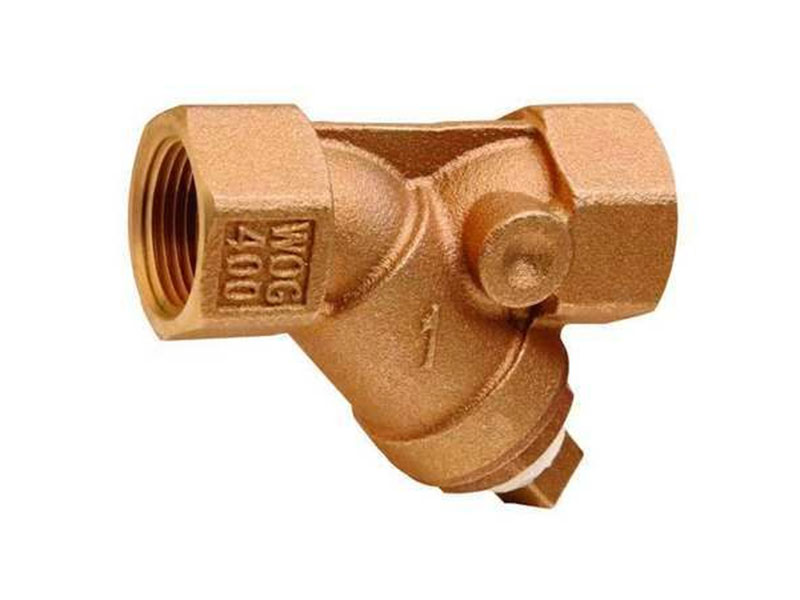
Source: Pinterest
Carbon steel, stainless steel, bronze, Cast iron, and plastic are the most frequent materials used for the frames of basket strainers and Y-type strainers.
Because of its inexpensive initial cost, cast iron is the most used filter body element. It’s employed in systems where the fluid temperature and pressure aren’t too high, and the system isn’t subjected to a lot of mechanical or thermal shock. Cast iron is primarily utilized for bigger diameter potable water lines and numerous non-potable water systems, as well as a range of other product and process applications.
Bronze is the material of choice for brackish, saline, and seawater service. It is frequently utilized to provide potable water supplies. It costs twice as much like cast iron.
Carbon steel is employed where high temperatures and pressures are met, as well as resistance to mechanical and thermal shocks. Where there is a risk of fire, carbon steel elements are the preferred material.
For high temperatures and pressures, chrome-moly steel is employed.
Because of its excellent corrosion resistance and contamination, as well as its ease of cleaning, stainless steel is the ideal material for the basket, screen, and body.
Strainers Screens
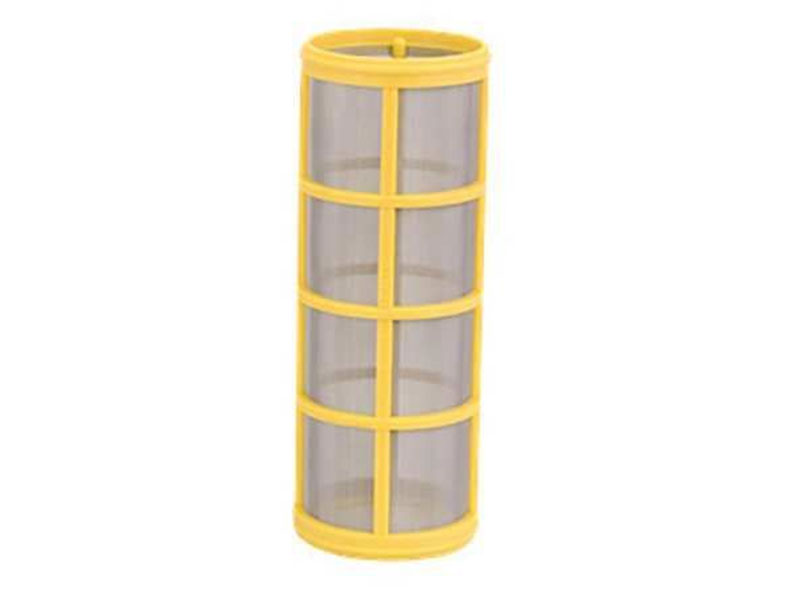
Source: Pinterest
In filters, two types of screens are used:
Mesh Screen
Perforations Screen
Perforations Screen
These are made by punching a high couple of holes using multiple punches in a flat sheet of suitable material. After that, the porous sheet is rolled into a tube and seam welded securely. These are coarse screens, with hole diameters ranging from 0.8 mm to 3.2 mm. As a result, perforated filters are only appropriate for eliminating typical pipe debris.
Mesh Screen
Fine wire is woven into a grid or mesh pattern. This is then usually laid atop a perforated screen, which serves as a mesh reinforcement cage. It is feasible to achieve significantly smaller hole sizes using mesh filters than with porous screens. It is possible to drill holes as tiny as 0.07 mm. They are then utilized to filter out tiny particles that would otherwise pass through a porous screen. Mesh screens are often stated in terms of mesh,’ which is the number of apertures per inch ( PPI of screen calculated from the wire’s centerline.
Temporary Strainers
Temporary filters are used to safeguard equipment and instruments during startup. After a new factory is erected, the strainer is typically fitted between a set of valves for an initial length of time. For simplicity of installation or replacement, a spool piece equal to or longer than the length of the strainer is advised. Temporary filters are classified into three types: basket strainers, conical strainers, and plate strainers.
Strainers vs. Filters
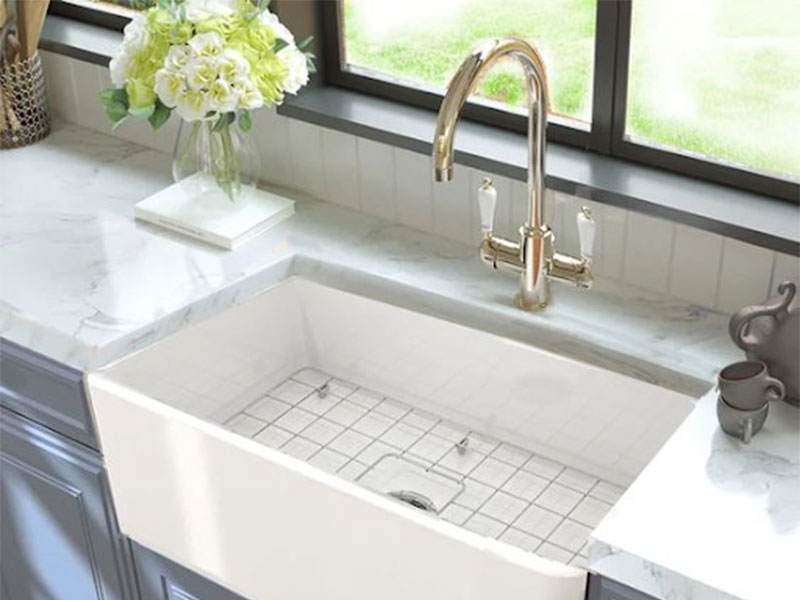
Source: Pinterest
A filter is a piece of equipment that separates particles from a liquid or gas. It comes with a disposable medium for eliminating particles of varying micron sizes. Every strainer is a filter, but every filter is not a strainer. A strainer is just one kind of filter. To remove bigger particles from a process stream, a strainer employs a perforated plate or screen mesh. The main benefit of a Strainer is that it can be reused. The filter screen is only used once and must be replaced when it becomes clogged.
The fundamental distinction appears to be in the size of the pores in the media barrier, also known as mesh size inside the case of a strainer. There is no hard and fast size distinction between strainers and filters. There are filters available that can remove particles as fine as 1 m.
Which Is Better: Y-Strainers OR T-STrainers?
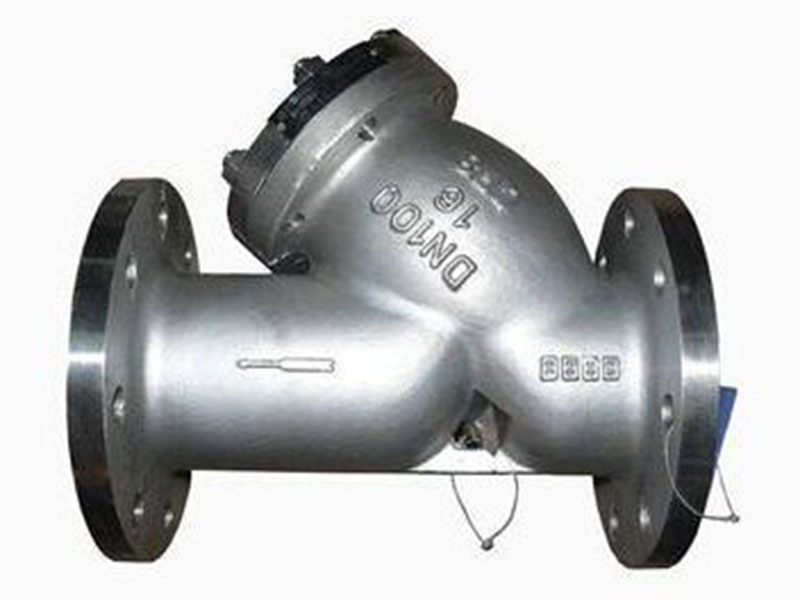
Source: Pinterest
Which industrial strainer type is best relies largely on your company’s requirements.
For instance, if you need a cost-effective filtering solution from a commercial strainer with greater flexibility, a Y-type strainer could be the way to go. Y strainers often provide the best bargain in terms of initial cost, delivery times, and total versatility, which includes pressure class, construction materials, and an inherent designed blow-down port/drain.
T-type strainers, on the other hand, are preferred if your pipeline application involves more viscous liquids that must be transferred at greater velocities or a filter with a larger flow capability and applications requiring specialized functionality and faster access to the strained element.
Conclusion
Xhval is a reputable manufacturer and supplier of both Y-strainers and T-strainers; please contact us if you have any questions about your order.
